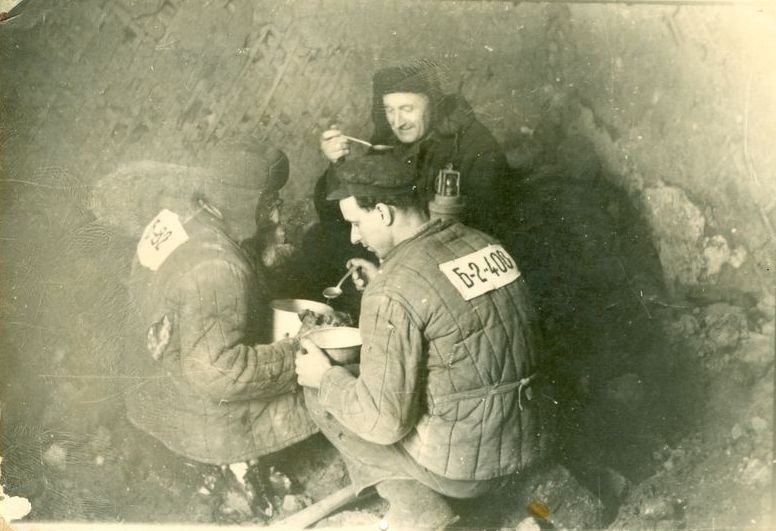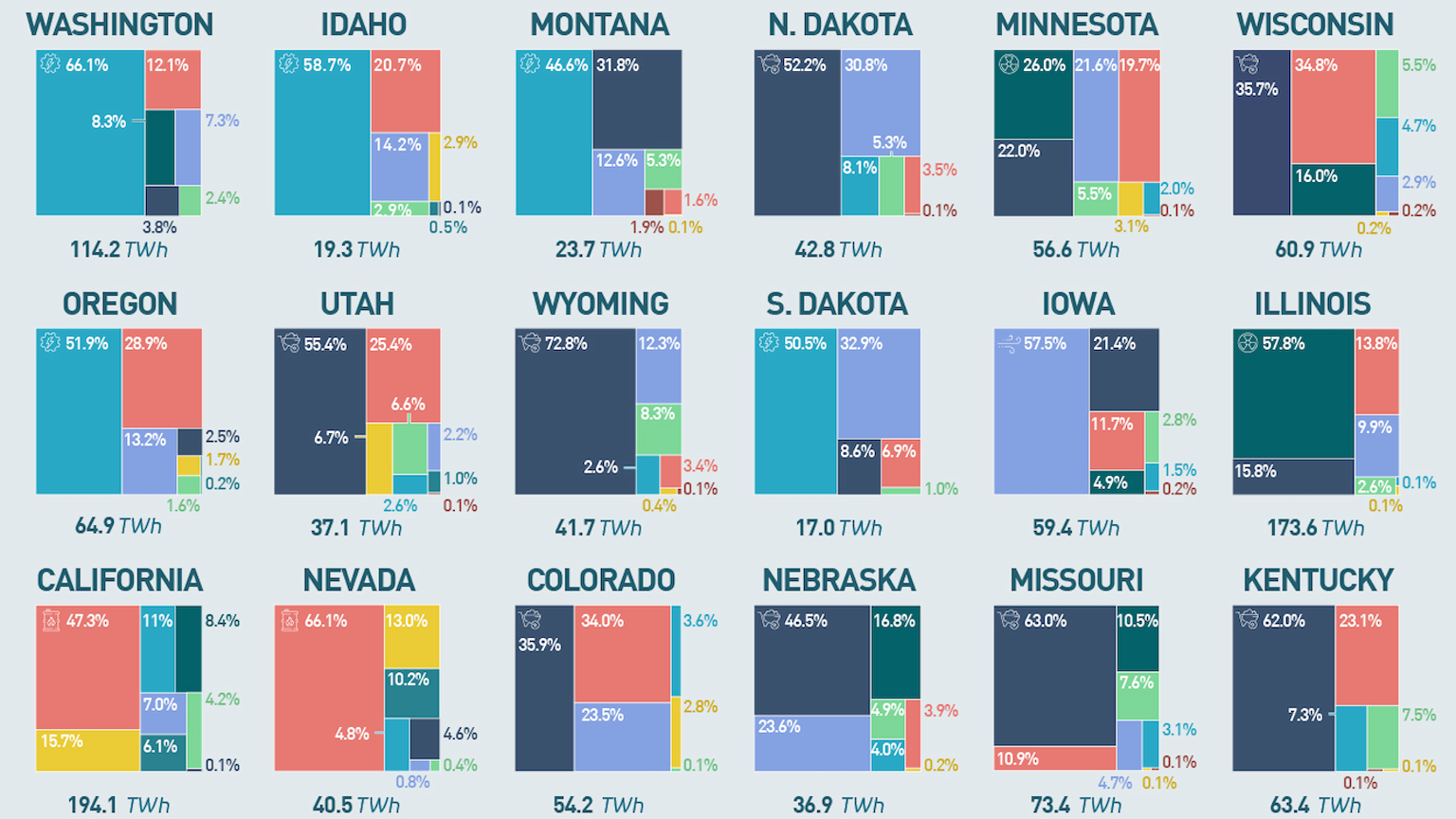How can felons be rehabilitated when prison labor is good for big business?

ROBYN BECK/AFP/Getty Images
- The Thirteenth amendment prohibits slavery in the U.S. except as punishment for a crime.
- A considerable number of public institutions, private companies, and individuals benefit from prison labor.
- Is true prison reform possible when some many stand to gain from this legalized form of slavery?
The Thirteenth Amendment was ratified on December 6, 1865, abolishing the practice of slavery in the U.S. — for the most part. In fact, what the amendment really served to do was to sweep slavery under the rug. Section I of the amendment reads, “Neither slavery nor involuntary servitude, except as punishment for a crime for which the person has been duly convicted, shall exist within the United States or any place subject to its jurisdiction.”
That quick statement, “except as punishment for a crime,” has simply changed the setting where slavery occurs.
Who stands to gain from prison labor?
Sixty-one percent of people in prison have jobs, which pay on average about 63 cents per hour. This is already de facto slavery, but in Texas, Georgia, Arkansas, and Alabama, prisoners are offered no wage whatsoever. A common counter argument is that prisoners are free to choose to work or not, unlike actual slaves.
First, this is not true for every state. Many states, such as Arizona, require all able-bodied prisoners to work. Second, this ignores the dynamics of prisons that force most prisoners to work. Unless they are receiving money from the outside, prisoners need to work to supplement their poor diets, to talk to their families, and to pay for legal fees.
In an interview with Big Think, former inmate Shaka Senghor explains how this system works:
“When I was in prison, I worked for $0.17 an hour; that was my starting rate working in the kitchen. But there are also big corporations who invest in prison labor because they can get this labor for $1.50 an hour. … Everything in prison has inflated costs. It costs us — inside prison, when I was inside — anywhere between $3 and $15 for a 15-minute phone call. We don’t have to pay that out here in free society. . . . And so there are so many ways that the prison is exploited: the cheap labor, the cost of services and goods, and it’s a model that, sadly and unfortunately, has affected a large segment of our society.”
Private companies earn money off of prison labor in a variety of ways. First, there’s the Federal Prison Industries, a corporation owned by the U.S. government more commonly referred to as UNICOR. According to UNICOR’s most recent (as of 2019) annual report, the corporation made roughly $500 million in net sales in 2018.
The majority of these sales were to other government agencies, but UNICOR also sells to private entities. In fact, UNICOR encourages private entities to purchase services ranging from electronics assembly, textile manufacturing, metal fabrication, agricultural work, and others. Products bought from UNICOR are also eligible for the “Made in America” tag — though, this fails to mention that these products are made from slave labor.
Many private companies also contract prison labor. For instance, Whole Foods has used prison labor to farm tilapia and produce goat cheese, McDonald’s has used prison labor to sew their uniforms, and AT&T used prisoners in a call center.
In addition, you may own shares in companies directly supporting prison labor, particularly those of CoreCivic and the GEO Group. These two private prison companies are publicly traded, and their shares can be found in the index funds and ETFs of many people’s portfolios, even without their knowledge. Vanguard, Blackrock, and Fidelity are the biggest investors.
Can we reduce recidivism with these incentives in place?
If the federal government, private companies, and individual citizens of the U.S. are benefitting from prison labor, what incentive is there to rehabilitate prisoners? U.S. recidivism rates are exceptionally high: 68 percent of ex-felons were re-arrested within three years, 79 percent within six years, and 83 percent within nine years.
Few businesses are willing to hire former convicts, exacerbating the difficulties of their re-entry into society. Many landlords, too, are unwilling to lease to felons. As a result, the formerly incarcerated are 10 times more likely than the general population to become homeless. The system may not have been deliberately designed encourage recidivism — but that doesn’t change the fact that many people benefit from a large and consistent prison population.
Support for felons exiting prison has been slim, but new developments are encouraging. Former U.S. President Barack Obama introduced a pilot program called the Second Chance Pell Grant that offered Pell grants to incarcerated students. Since obtaining an education is widely recognized as one of the best ways to avoid recidivism, this could be a powerful tool to keep people out of prison.
Congress is currently considering the Restoring Educating and Learning (REAL) Act, which would take this grant out of the pilot phase, though it appears to have little chance of being enacted into law.
President Donald Trump has also signed the First Step Act into law, which reduces mandatory minimums and works against recidivism by improving residential re-entry centers (i.e., halfway houses), incentivizes prisoners to participate in programs, and supplies vocational training among other features.
But, as its name implies, the First Step Act is just one of many urgently needed reforms. Until our society changes its attitude regarding the humanity of felons, our criminal justice institutions will continue to be incentivized to give ex-convicts as many opportunities to return to prison as possible.





